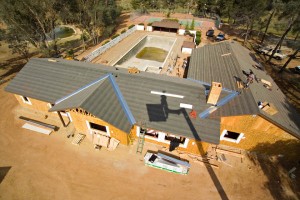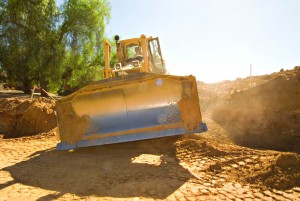When I was in college I used to have discussions with my roommate about photography and art. Pedro thought that photography wasn’t an art, and of course I thought it was. I have not gone over to Pedro’s point of view, but I want to point out that photography is more than just an art. Photography is a language. It is a way of communicating information, the information may be about anything from spark plugs to another planet. Painting, at least picture painting is only an art form. Could you imagine putting Pablo Picasso in a U-2 spy plane and having him overfly Cuba in the 1960ies? Perhaps we could send Thomas Kincade to Mars and have him send back mass-produced delicate canvases showing the light on Mars? Photography is much more than an art, it is integrated into the way we see and communicate.
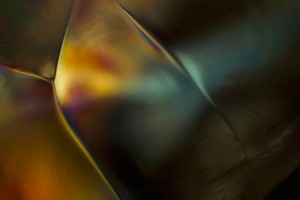
I used a microscope to make this shot.
Perhaps we should categorize photography as art or craft, and some things as both. Certainly photos taken by a spy plane are all about the technology, the craft, of photography. When someone hike 10 miles to get a shot of a waterfall they are probably try to create art. When someone spends all day in a studio taking a picture of a flower, it’s because they want to do art.
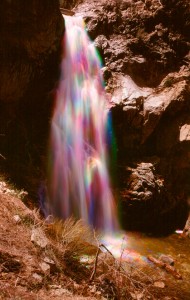
Buckhorn Falls in Angeles Crest. I have shot these falls several times.
I think there are problems when we talk about certain kinds of photos: perhaps those we class as commercial art. If I spend all day taking a shot of a Harley-Davidson is that art? Honestly I don’t know. Perhaps it has to do with how I use the image, but that seems crazy. So if I sell a Harley poster it’s art but if I sell the shot to Harley it’s commercial? How about family portraits made for money or executive portraits? Most photographers do a lot of work that is hard to describe as art, but that doesn’t reduce the value of the work. Photographs can communicate, and be important, without actually being art.
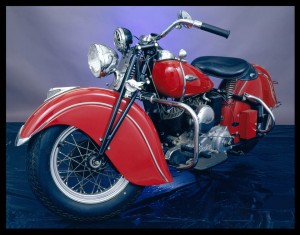
Indian Motorcycle, click on image to see an article about this shoot. You may need to right click to download.
Please check out my classes
An Introduction to Photographic Lighting
Portrait Lighting on Location and in the Studio
Business to Business: Commercial Photography
For information on shooting a motorcycle click
Thanks, John
